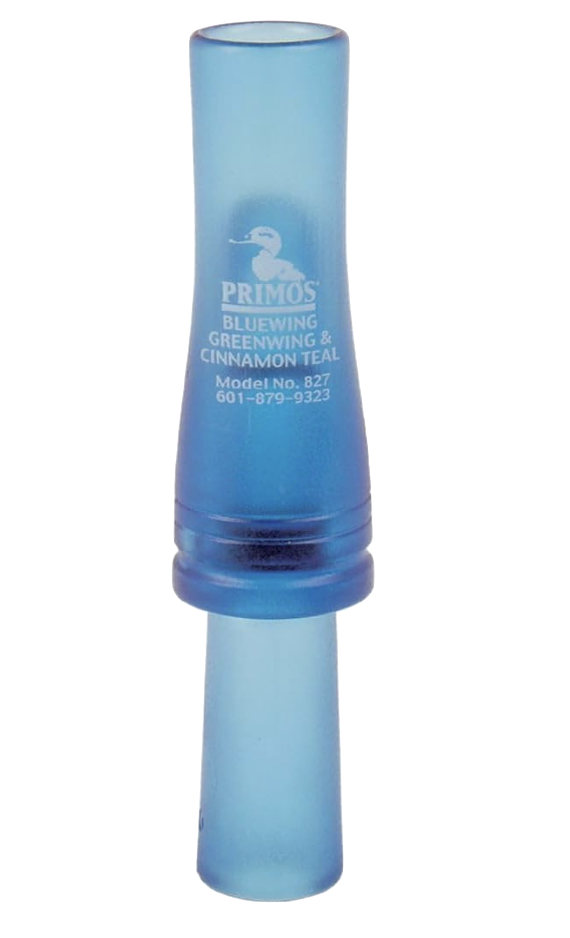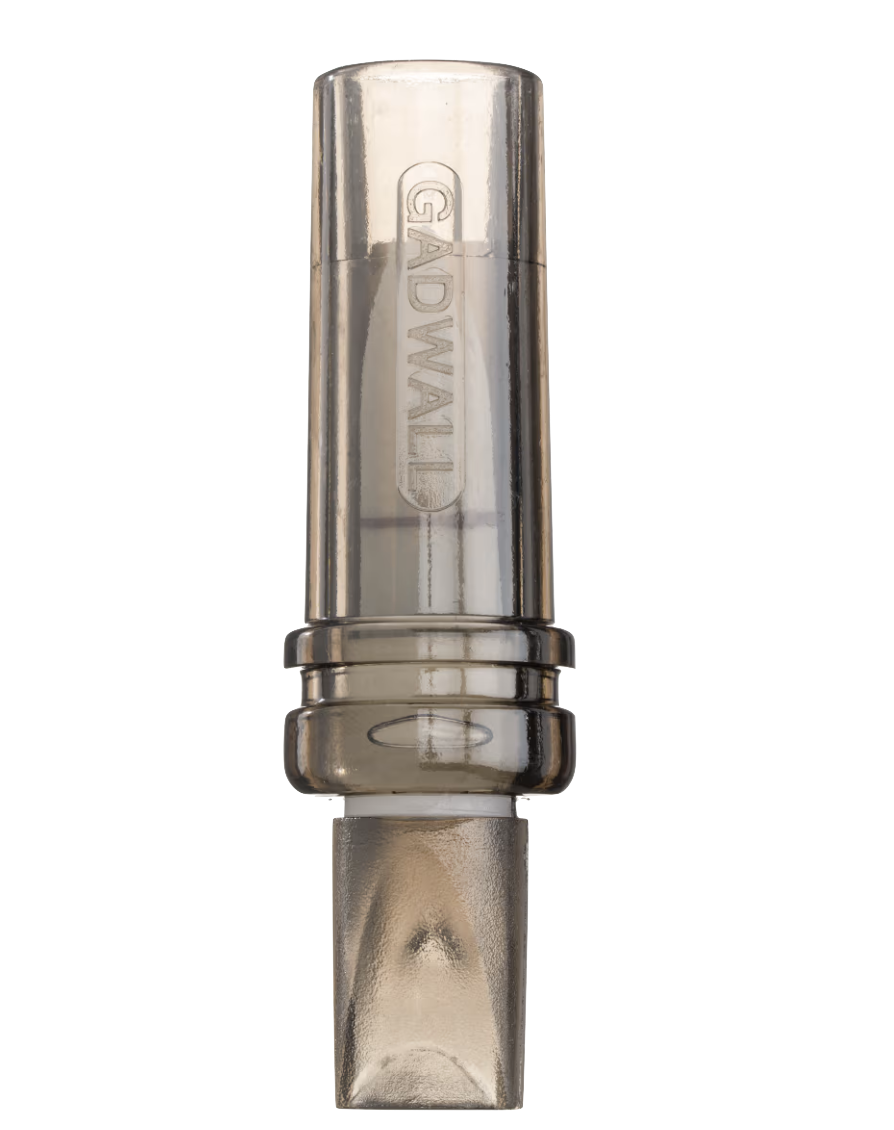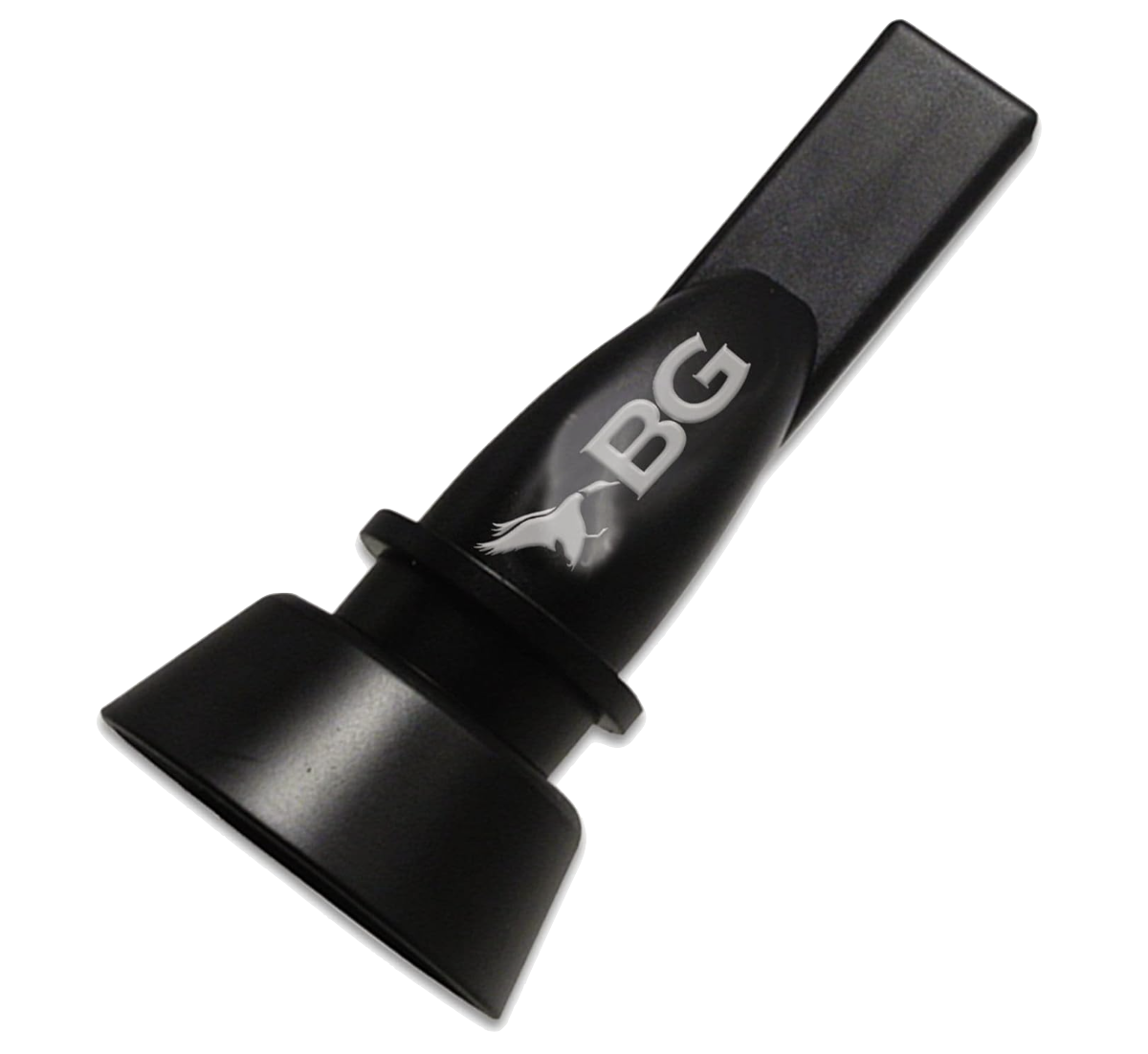It’s true. A good many ducks quack, but not all ducks quack. It is also true that a good old-fashioned quack will attract most ducks—mallards and non-mallards alike. However, the ability to sound like different types or species of waterfowl can lend an air of realism to your spread, particularly late in the season when the ducks have heard every variation of the tried-and-true quack.
The other non-mallard calls you have on your lanyard will depend on where you hunt and what species are most common in your area. Generally speaking, adding some sort of versatile whistle will double your range of sounds. But there are a few other specific calls that are worth carrying into the marsh. Especially if you plan to target a number of different puddlers and divers. Here are six other great duck calls that don't make the traditional quack.
Teal
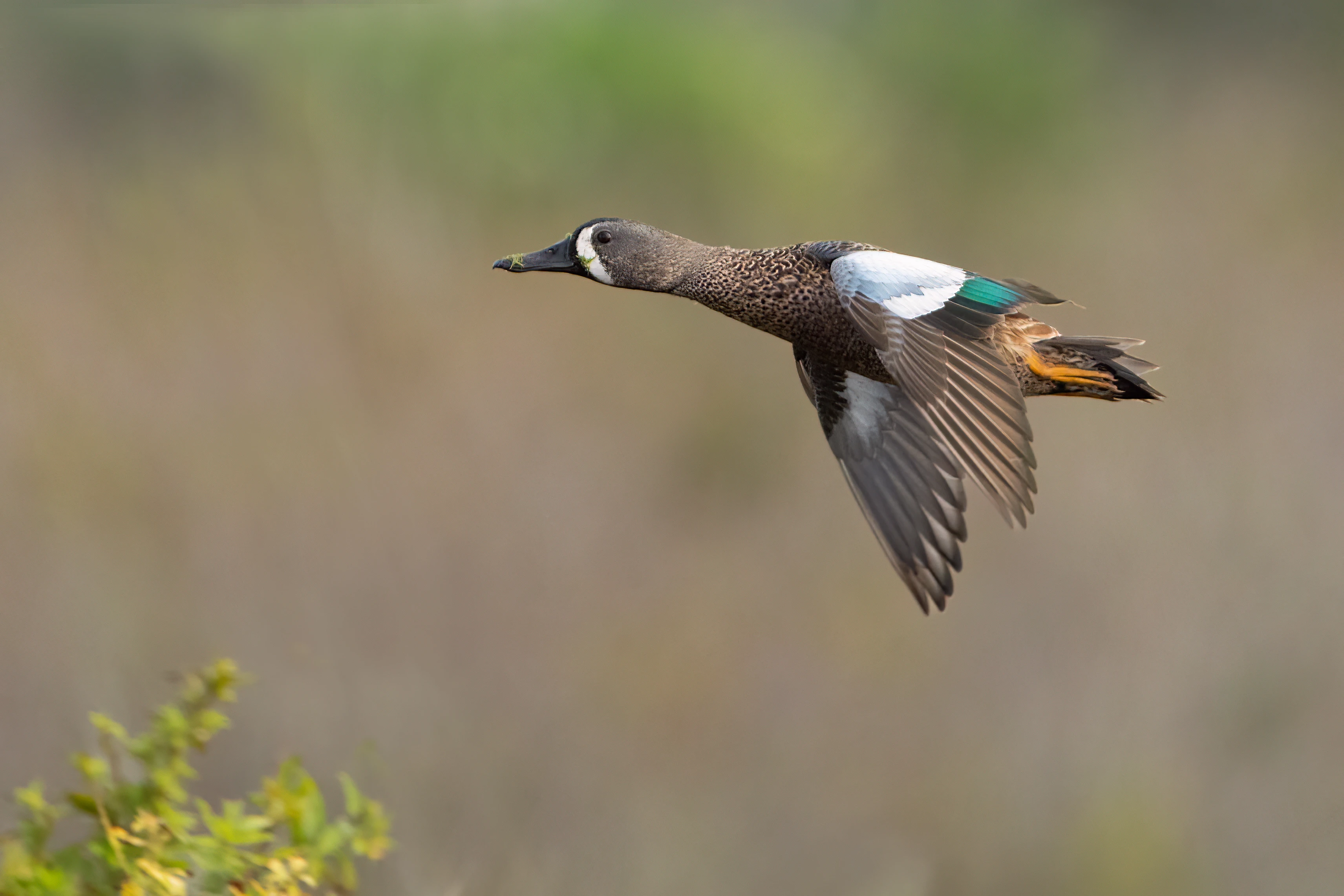
Teal, particularly bluewings, do indeed make a quack. But a bluewing quack is much higher pitched than that of a mallard duck. Too, the bluewing’s quack is presented in a rapid cadence, with nary a breath in between the notes. I’m partial to blowing this machine-gun cadence on a traditional single or double reed mallard call by ‘pinching it down’ and pushing the air through the call in short, rapid bursts. However, several companies, like Primos, make teal-specific calls.
Hen greenwing teal also quack, albeit quietly. While both drake and hen greenwing make a clear bell-like peep…peep…peep-peep sound on the water.
Gadwall
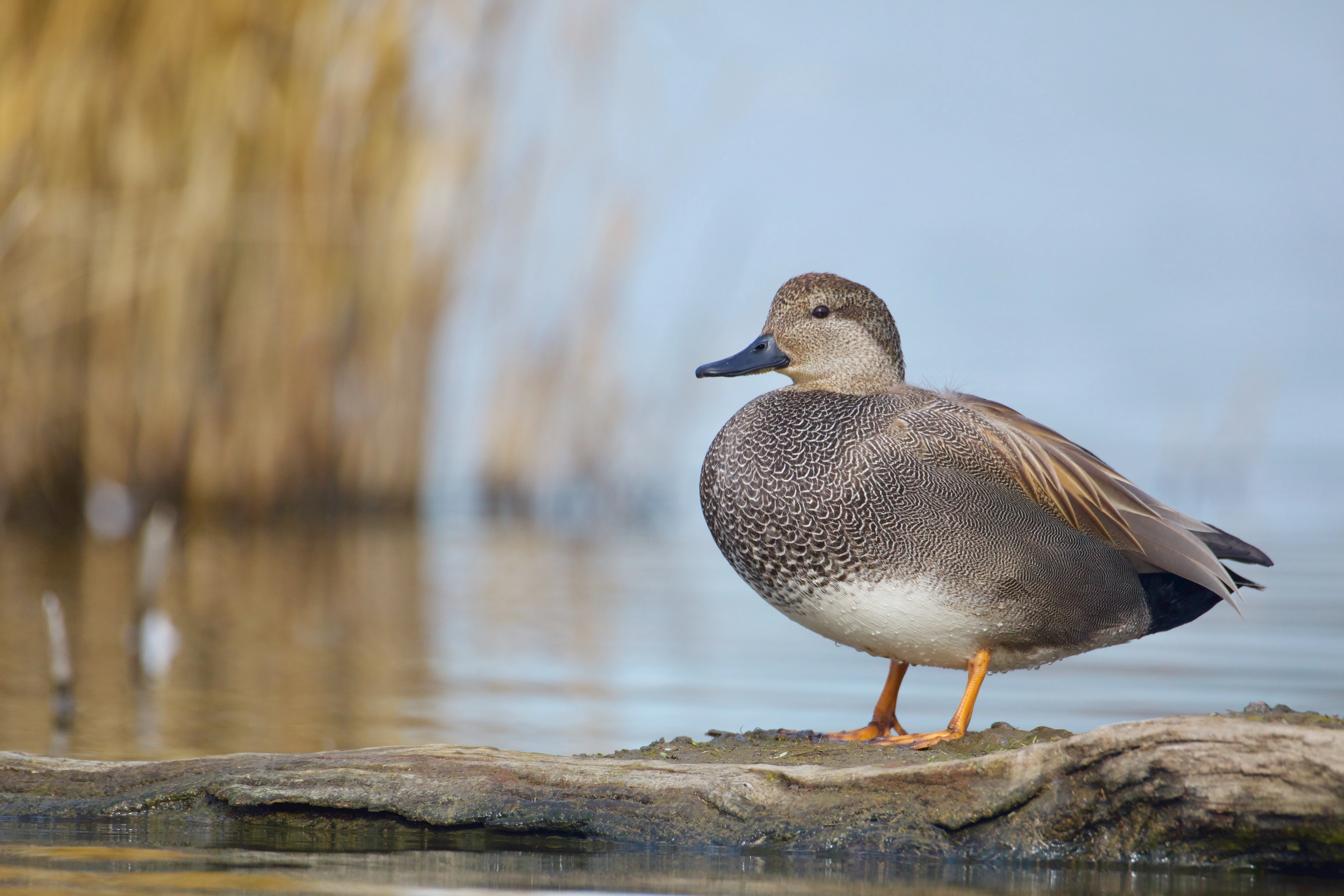
Like the bark of a fox squirrel or the cackle of a rooster pheasant, the odd nasally dink…dink…dink-dink call of the drake gadwall, aka grey duck, once heard, is never forgotten. I’ve heard the sound throughout the Mississippi Flyway from Iowa to Beaver Dam, and it never fails to take my eyes to the skies in search of these big yellow-legged ducks.
Gadwall calls, such as Phil Robertson’s Gadwall Magnum, are out there. Still, I’ve heard several men, Bill Cooksey of Tennessee and Mississippi’s Lamar Boyd, reproduce the dink…dink to a ‘T’ on a single reed mallard call. As to how to call, Boyd, who, together with his father, Mike, owns and operates Beaver Dam Hunting Services near Tunica, said, “I immediately try to figure out how much calling pressure [the ducks] will stand, and then try to get them on the water as soon as I can. Gadwall are easily distracted, and if something up the lake catches their attention, they’re gone.” For this, Boyd relies on what he calls a ‘hen gadwall on the water.’ “It’s four or five quick notes,” he said. “Coarse and not at all pretty, with a quick cadence.”
Wigeon
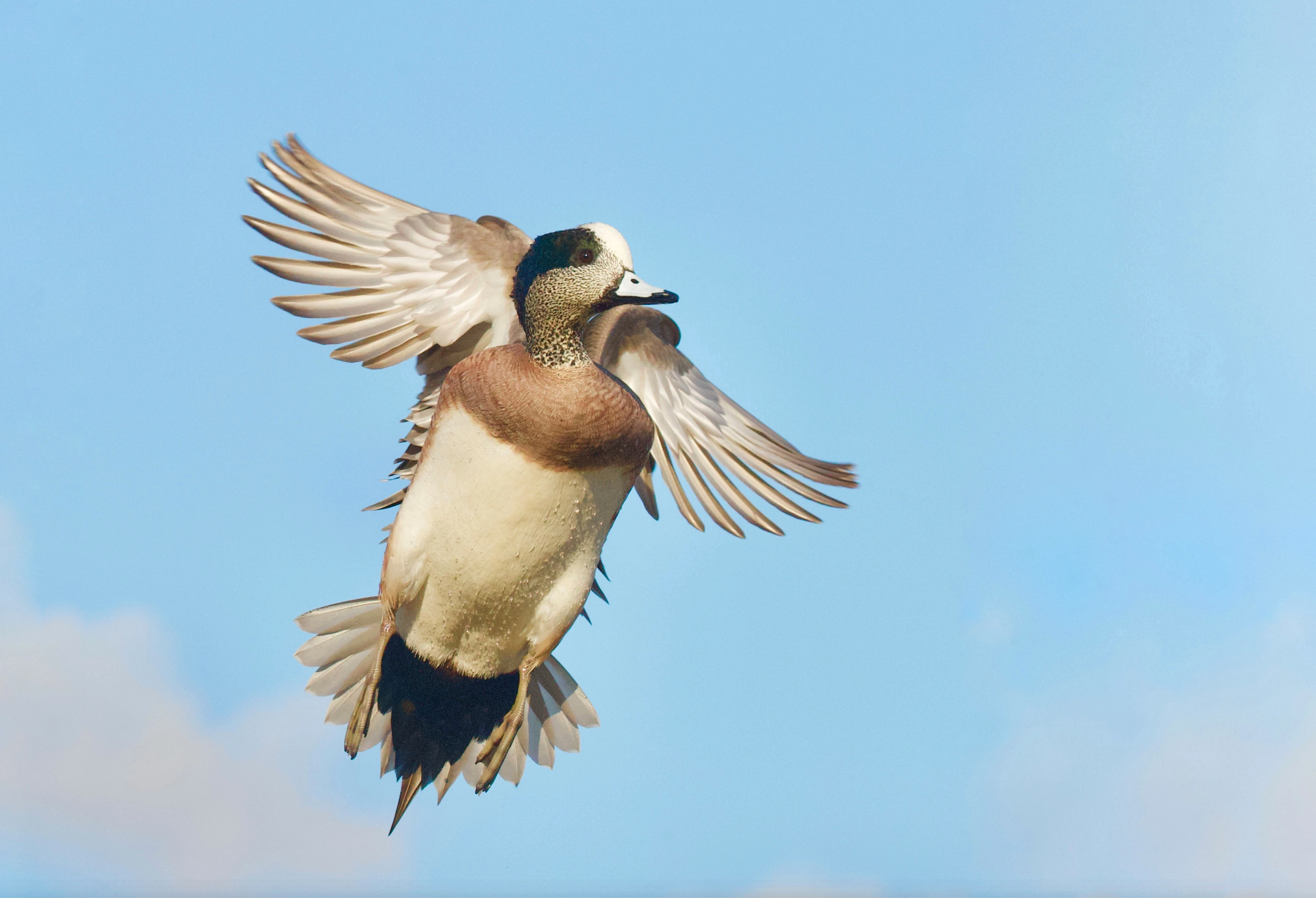
Moreso than many other species, wigeon are incredibly vocal birds, both on the water and in the air. Because of this, hunters benefit from having multiple callers in the blind, most if not all of whom have their fingers wrapped around Buck Gardner’s versatile 6-in-1 whistle. With this simple little instrument, callers can mimic not only wigeon, but drake mallards, pintails, and the peep…peep of green-wing teal. In the past, I’ve used an ordinary dog whistle, minus the pea inside, to duplicate the wigeon’s melodic sound. However, some, my wife being one, can create a fine rendition with their natural voice.
Phonetically, wigeon sound like whoo WHIT whoo, with the final note drawn out slightly and all done in a breathy sort of ‘breath fogging a mirror’ style. Hen wigeon, like most of the hens featured here, quack.
Wood Ducks
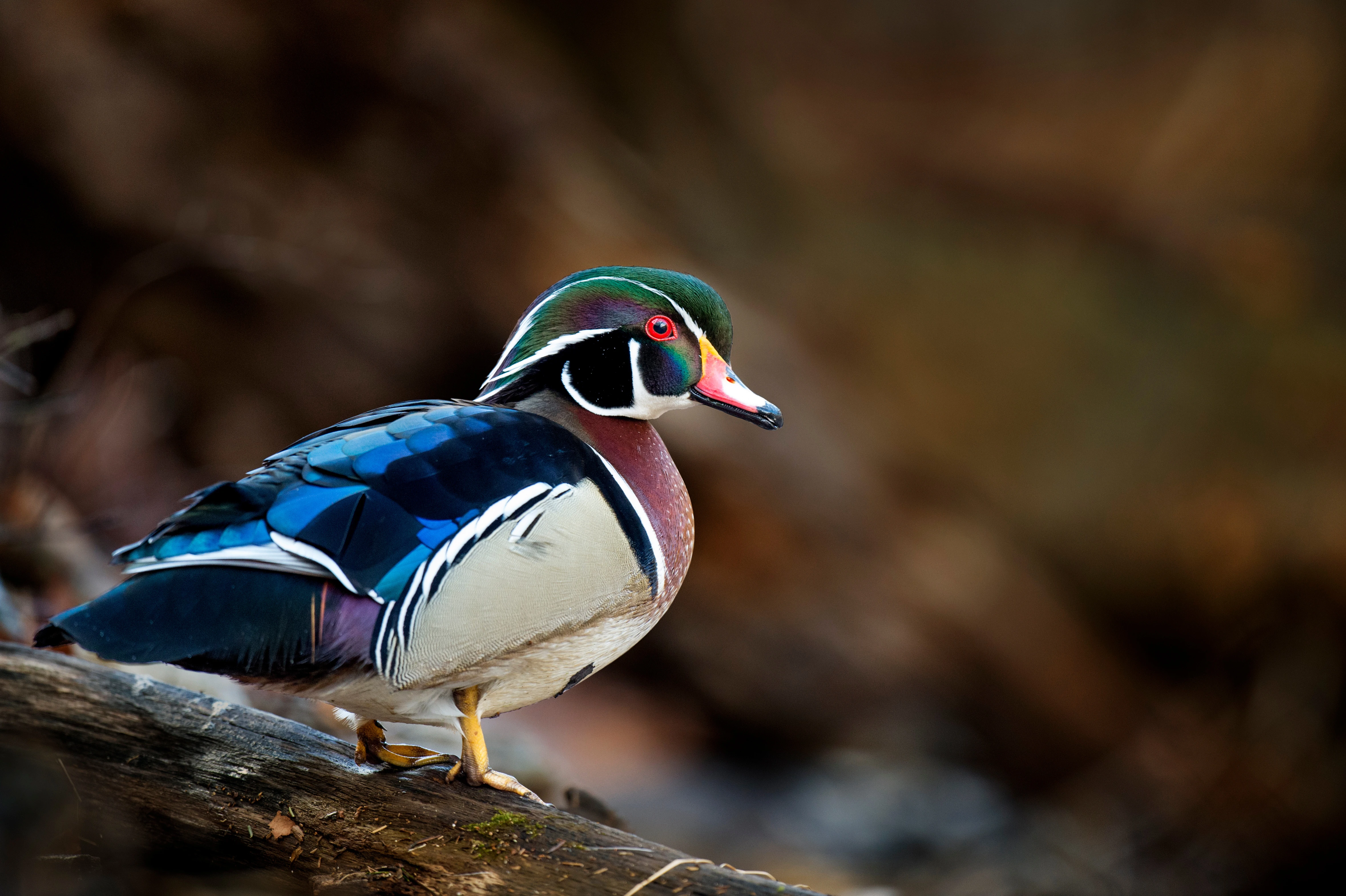
I’m of the mind that wood ducks, as they do for all but spinning wing decoys, largely choose to ignore a supposed wood duck call. That said, I have personally witnessed a small flock turn and light as a result of a hunting partner recreating the bird’s odd rising peet…w-o-o-O-O-I-T whistle.
Wood ducks make a variety of sounds, all of which might have been pulled from the soundtrack of a 1958 B-grade horror film. Whistles. Peeps. Whines. They’re all part of the woodie’s vocabulary. Too, there’s the equally strange creeeeek…creeeeek in-flight call, a sound that Phil “The Duck Commander” Robertson explained to me years ago was not the one to make in an attempt to entice these small ducks. It’s a ‘flying call,’ he explained, made to birds in flight that have no idea where the sound is coming from. Better, he told me, to direct the peet…w-o-o-O-O-I-T whistle to birds on the water in an attempt to get them to swim closer and then practice the art of jump shooting.
Pintail
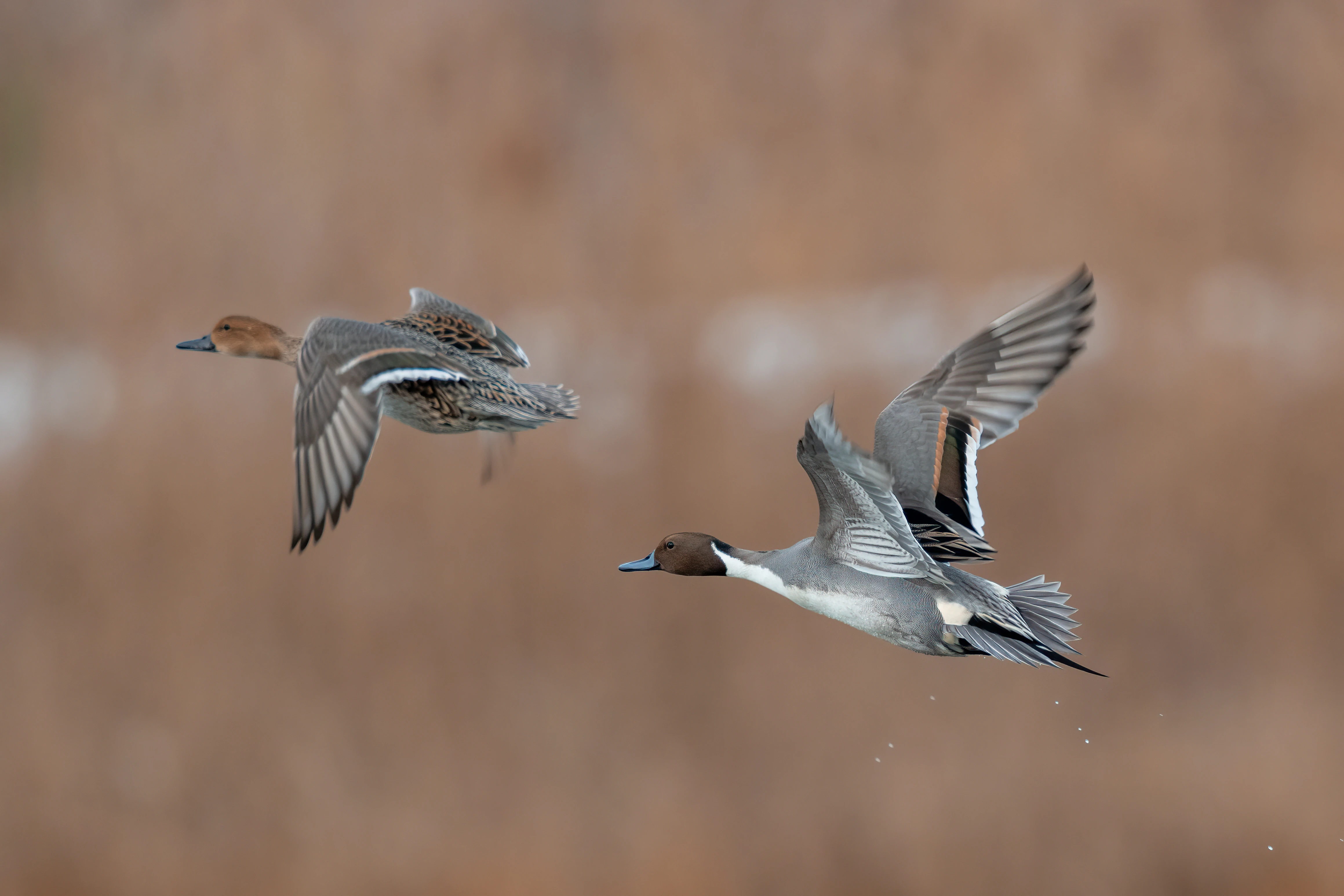
“The hen pintail does sound similar to a hen mallard,” a fellow Washington hunter once told me, “only softer and more monotone. Hens usually make three or four low-pitch quacks, but again, it’s a monotone sound. The drakes make a crystal clear whistle, but you have to roll your tongue to make that sound. It’s very simple and easy to do. You do about a one-second trill by rolling your tongue, and the sound comes out the top of the call.”
He went on to offer some tactical advice. “If you are going to focus on pintails, you’ll want to hunt the larger openings in the marsh as opposed to the smaller potholes. Pintails seem to favor larger ponds. And in terms of decoys, you want at least half to be pintails.” He went on to explain a quick calling tip he uses. “If I’m dealing with small groups of pintails—six birds or so—I’ll make one short trill and then wait four or five seconds. Another short trill and wait. It’s really important, especially later in the season, to tone down your calling. If we have a bunch of guys in the blind,” he continued, “we’ll have one doing a little hen (pintail) quacks and another on a whistle.”
Bluebills, Canvasbacks, and Redheads
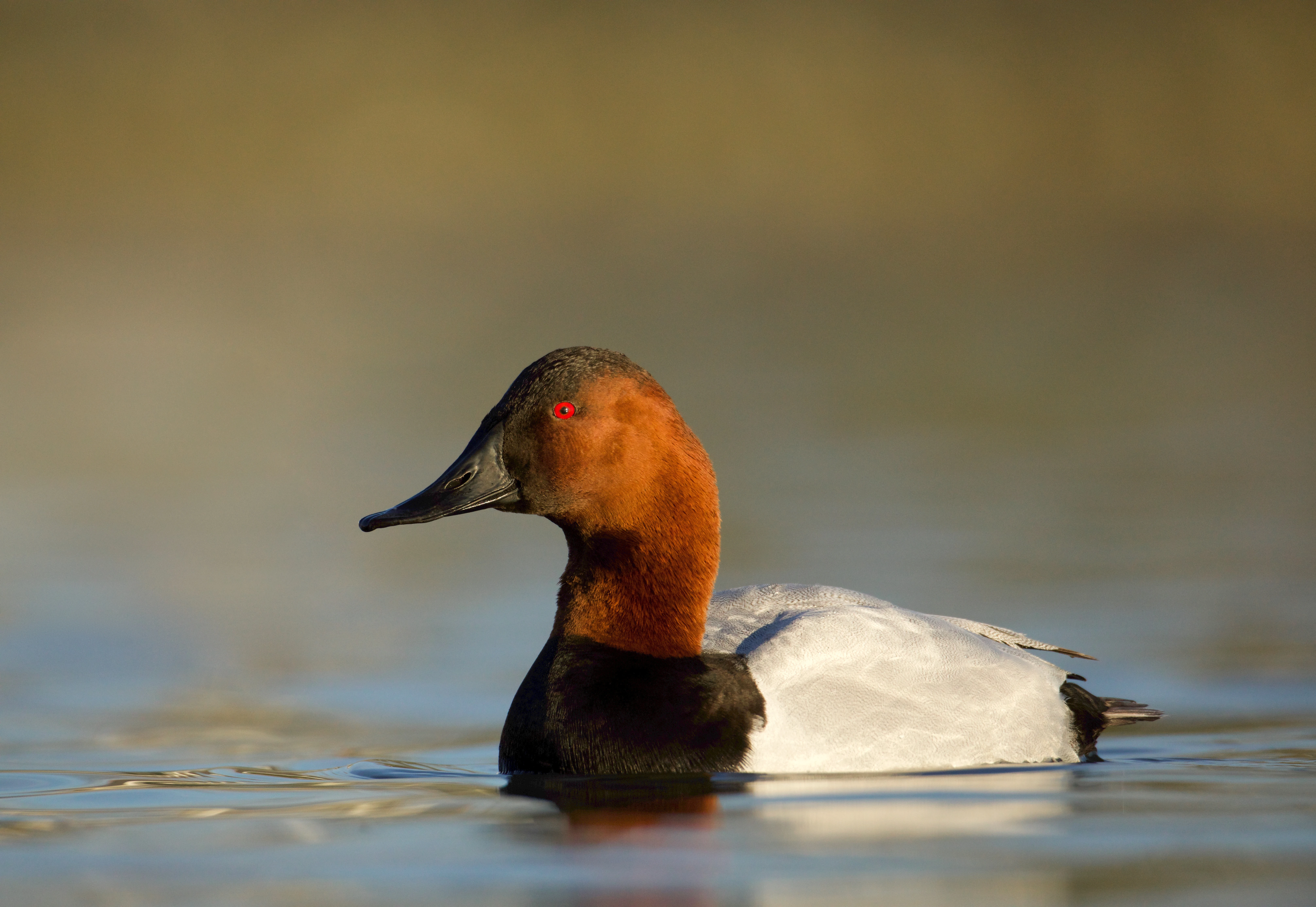
Brutishly handsome is how I’ve described the Big Three diving ducks: Bluebills (scaup), canvasbacks, and redheads. In keeping with that visual are their voices, best spelled out as a bbbuuurrrrrr or rising far-reaching growl of sorts. The hens, perhaps not surprisingly, do quack, while redhead and can drakes will, in addition to the aforementioned growl, make a sharp bark. It’s been my experience with divers on the Great Lakes, the Mississippi, and the Columbia that while it’s tough to get the sound wrong, it’s volume and distance more than anything that attracts these fascinating big-water birds into shotgun range.


